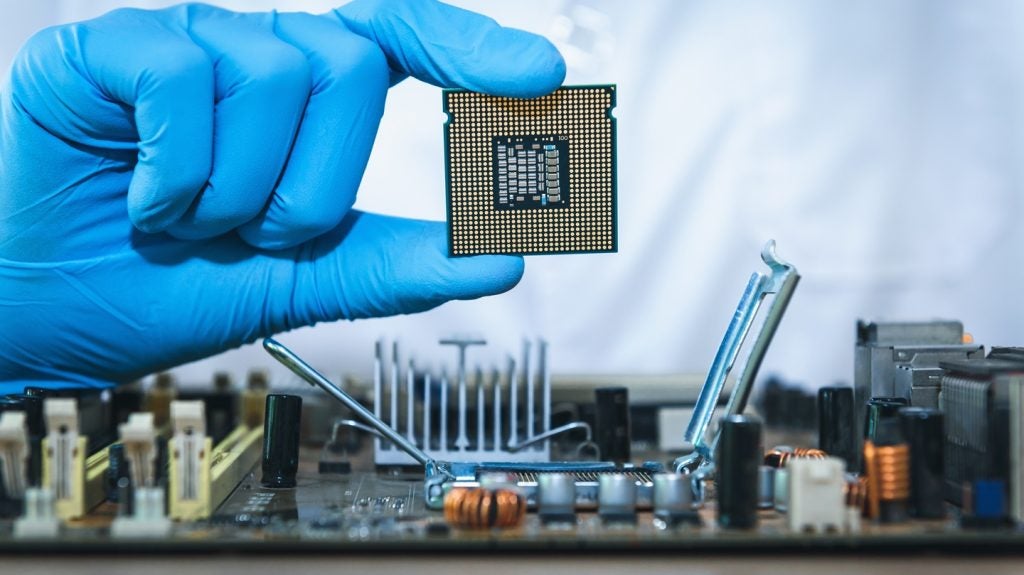Magic Leap has been granted a patent for systems and methods related to eye image segmentation and image quality estimation. The patent describes the use of a convolutional neural network to process eye images and generate segmented eye images and quality estimations. The segmented images can include regions such as the background, sclera, iris, and pupil. The patent also discusses the use of the segmented images to determine eye contours and create polar images for iris code computation and biometric authentication. GlobalData’s report on Magic Leap gives a 360-degree view of the company including its patenting strategy. Buy the report here.
According to GlobalData’s company profile on Magic Leap, Smart glasses was a key innovation area identified from patents. Magic Leap's grant share as of September 2023 was 51%. Grant share is based on the ratio of number of grants to total number of patents.
Eye image segmentation and image quality estimation
A recently granted patent (Publication Number: US11776131B2) describes a method and system for training a convolutional neural network (CNN) for eye image segmentation and image quality estimation. The method involves obtaining a training set of eye images and providing the CNN with these images. The CNN consists of a segmentation tower and a quality estimation tower, both of which include segmentation layers and shared layers. The output layer of the shared layers is connected to the input layers of both the segmentation tower and the quality estimation tower.
To train the CNN, the method involves processing the eye images using the segmentation tower to generate a segmentation of the eye image and using the quality estimation tower to generate a quality estimation of the eye image. The method then computes the differences between the generated segmentation and a reference segmentation, as well as the differences between the generated quality estimation and a reference quality estimation. These differences are used to update the parameters of the CNN.
The patent also describes a technique for setting a percentage of the CNN's parameters to zero during the training cycles. This can be done randomly during the first training cycle and can be repeated during the second training cycle with a different percentage of parameters set to zero. The first and second percentages are specified to be between 50% and 30%.
The system described in the patent includes one or more processors and non-transitory computer storage media storing instructions for performing the operations outlined in the method. Additionally, the patent covers non-transitory computer storage media that store instructions for training the CNN and updating its parameters.
Overall, this patent presents a method and system for training a CNN specifically designed for eye image segmentation and image quality estimation. The use of shared layers and the ability to set parameters to zero during training cycles may contribute to improved accuracy and efficiency in these tasks.
To know more about GlobalData’s detailed insights on Magic Leap, buy the report here.
Data Insights
From

The gold standard of business intelligence.
Blending expert knowledge with cutting-edge technology, GlobalData’s unrivalled proprietary data will enable you to decode what’s happening in your market. You can make better informed decisions and gain a future-proof advantage over your competitors.







